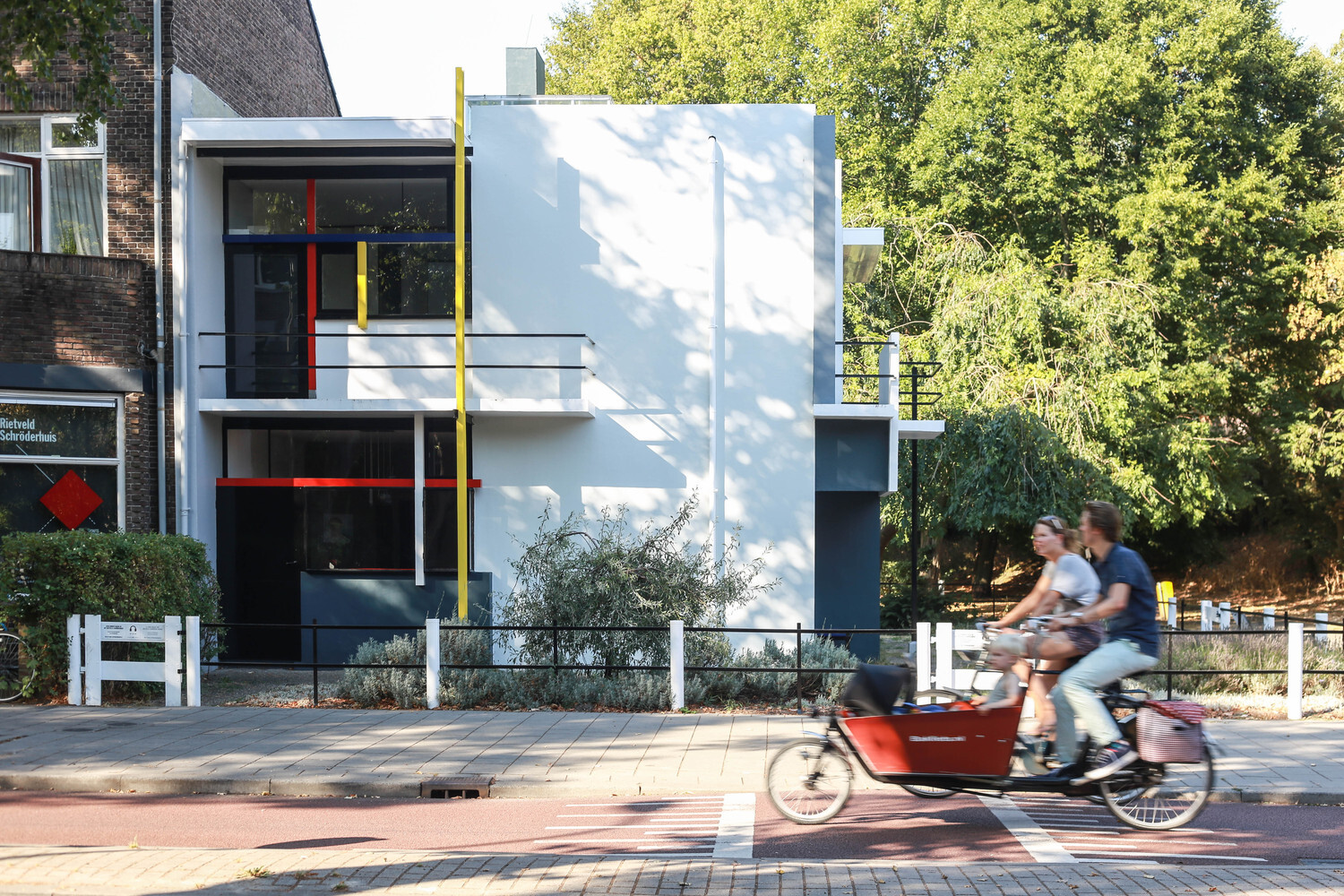The Myth of Pure White Architecture: How Architects of Modernity Used Color
Given that the architects of modernity were in search of purity of form, it stands to reason that the image of this modern architecture is almost inevitably rendered in white in the collective imagination. Relieved of superfluous decorations, modern architecture became associated with the predominant use of white surfaces to highlight the volumetric composition. Combined with the concept of “material truth” first articulated by Victorian critic John Ruskin, white-colored architecture is often understood as straightforward, clear, and sincere.
During the early 1920s and 1930s, however, color theory was widely discussed and implemented by leading architects, including Le Corbusier, Theo van Doesburg and the group de Stijl, and Bruno Taut, thus creating a more colorful rendition of what we now call Modernist architecture. While moving away from the use of color as decoration, a variety of approaches dictate its use, which was carefully considered from the beginning of the design process.
 Picture: Maria Gonzalez
Picture: Maria Gonzalez
Comments :